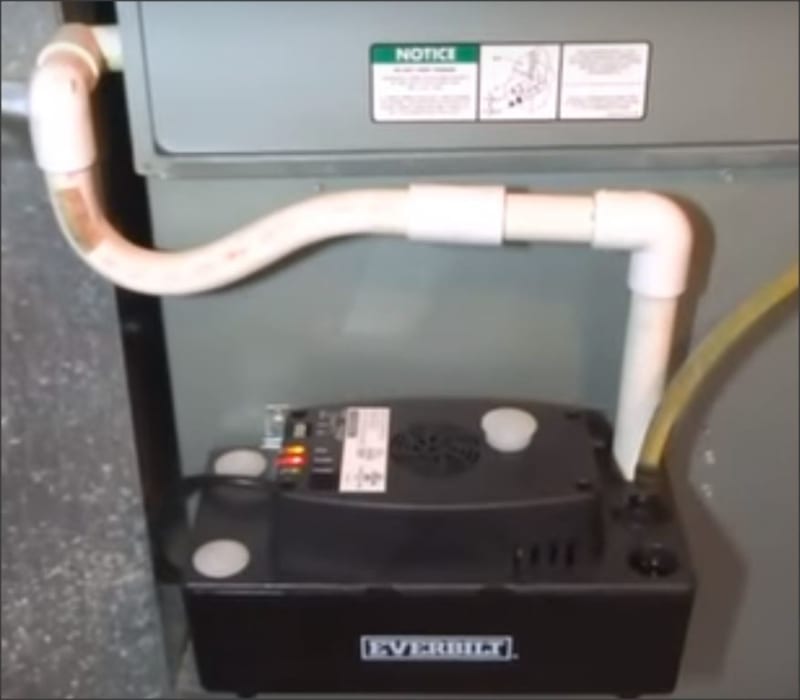What engineering rationale would prohibit disposing of pumped air-conditioning (A/C) condensate to a storm water riser without an air gap?
The National Standard Plumbing Code (NSPC) requires routing A/C condensate through an air gap before it connects to a pipe in a plumbing system.
I think the NSPC errs in making no distinction between the four possibilities where condensate from fan coil units:
[ul]
[li]Flows by gravity.[/li]
[li]Is pumped.[/li]
[li]Is routed to a sanitary waste pipe.[/li]
[li]Is routed to a storm water pipe.[/li]
[/ul]
Though many jurisdictions prohibit disposing A/C condensate to a sanitary waste pipe, it seems reasonable to require an air gap when connecting to a sanitary waste pipe.
I don’t think it seems reasonable to require an air gap for pumped A/C condensate connected to a storm water riser.
If check valves and shut-off/isolation valves are used at appropriate locations, I see nothing wrong with making a direct connection of a condensate disposal pipe to a storm water riser.
I know “the code says so,” but I want to seek a variance.
What reasonable engineering rational could there be for requiring a air gap before connecting pumped A/C condensate to a storm water riser?
The National Standard Plumbing Code (NSPC) requires routing A/C condensate through an air gap before it connects to a pipe in a plumbing system.
I think the NSPC errs in making no distinction between the four possibilities where condensate from fan coil units:
[ul]
[li]Flows by gravity.[/li]
[li]Is pumped.[/li]
[li]Is routed to a sanitary waste pipe.[/li]
[li]Is routed to a storm water pipe.[/li]
[/ul]
Though many jurisdictions prohibit disposing A/C condensate to a sanitary waste pipe, it seems reasonable to require an air gap when connecting to a sanitary waste pipe.
I don’t think it seems reasonable to require an air gap for pumped A/C condensate connected to a storm water riser.
If check valves and shut-off/isolation valves are used at appropriate locations, I see nothing wrong with making a direct connection of a condensate disposal pipe to a storm water riser.
I know “the code says so,” but I want to seek a variance.
What reasonable engineering rational could there be for requiring a air gap before connecting pumped A/C condensate to a storm water riser?

